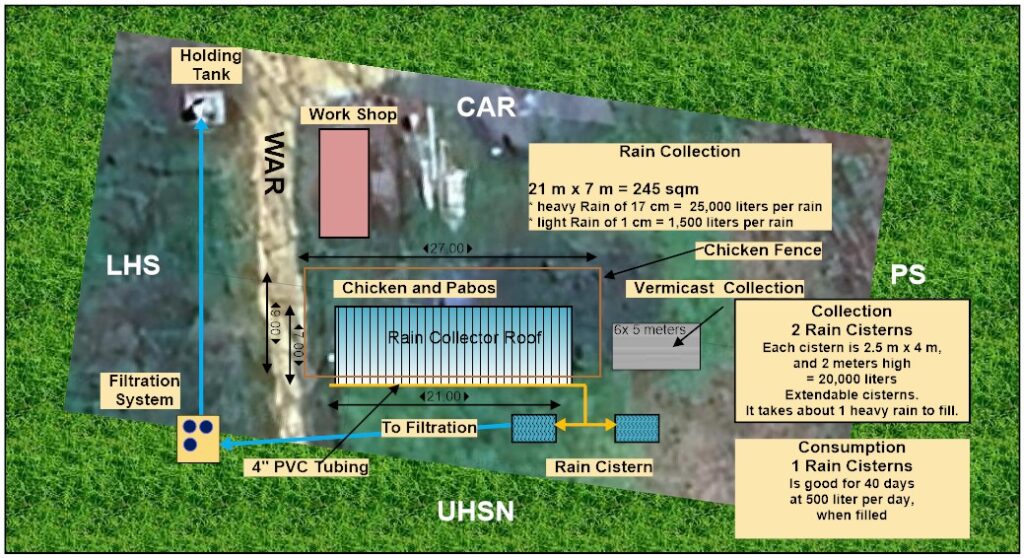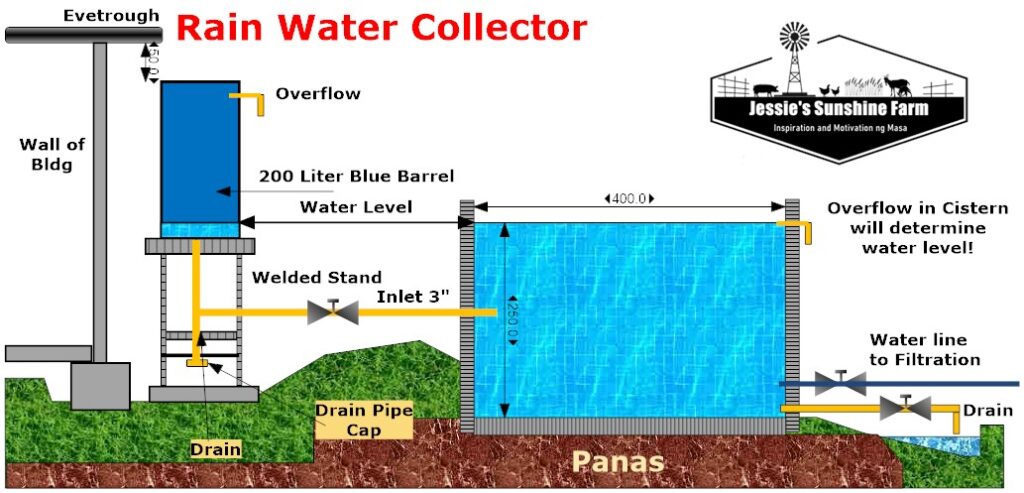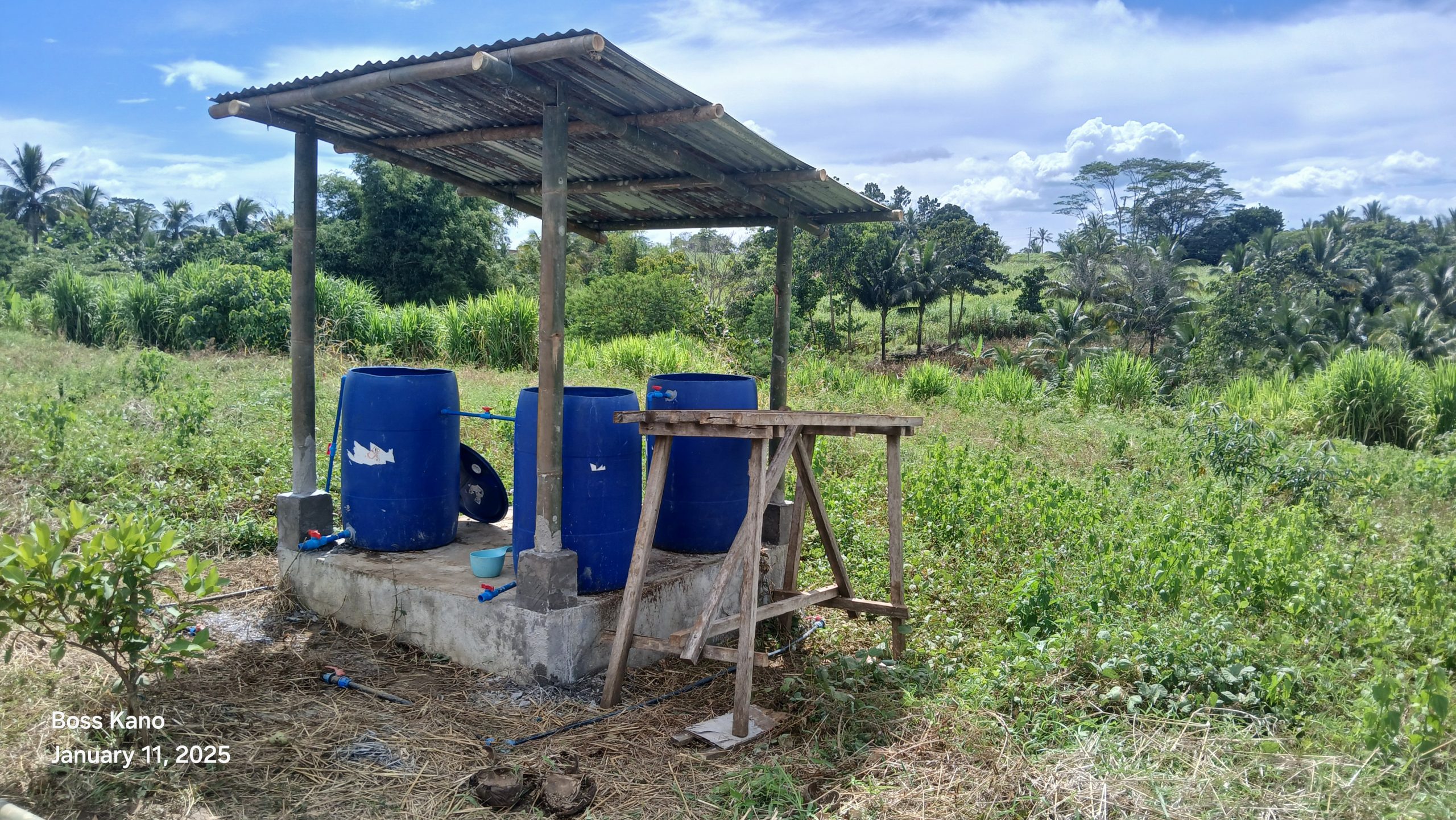Addressing Water Scarcity in San Francisco: A Proactive Solution
The persistent issue of inconsistent water supply in Purok 4, Barangay San Francisco, Philippines, necessitates a thorough examination of the underlying causes and the implementation of sustainable solutions. The current situation, marked by monthly supply interruptions, points to potential challenges such as power constraints at the river pump, inadequate infrastructure, or operational inefficiencies. While the exact cause remains unclear, the reliance on an operating schedule rather than addressing the root of the problem highlights a critical need for proactive measures.
The core of the issue appears to be a combination of factors, including potential operational deficiencies and a possible lack of investment in modern, reliable water management systems. This situation underscores the importance of moving beyond dependency on existing systems and embracing self-reliant solutions.
A Sustainable Approach: Rainwater Harvesting
In response to this challenge, a practical and sustainable solution is proposed: the implementation of a rainwater harvesting system. This project, following the successful A-Frame Kobos initiative, focuses on leveraging the abundant rainfall experienced in the region.
Help those people who are willing to be helped
The Rain Water Collector
The project involves covering half of the chicken area with roofing, serving two primary purposes:
- Shading: Providing a cooler environment for the poultry.
- Rainwater Collection: Capturing rainwater for Jessie’s Sunshine Farm agriculture and household uses.
Legends:
- WAR = West Access Road
- LHS = Lower Hybrid Section
- CAR = Central Area Roads
- PS = Pig Section
- NHSN = Northern Hybrid Section, North
An overview of the area. It is a top of our hill and can feed the filtration system by gravity!! The filtration System is existing and is currently being fed by barangay water. There is a differential Pressure Pump at the holding tank to provide solid water pressure.

Given the frequent rainfall in the area, with an average of 5-6 days per week, the potential for water collection is significant. Even light rain events, resulting in 1-2 cm of water accumulation, can contribute to the overall water supply. Heavy rainfall, occurring at least once a week, can yield up to 17 cm of water, offering a substantial volume for collection.
Water Volume Calculation
The proposed rainwater harvesting system is designed to maximize water collection. The calculation below demonstrates the potential water yield:
- Collector Area: The collector area is 7 meters wide by 21 meters long, totaling approximately 147 square meters.
- Water Volume: Based on a 17 cm rainfall event, the potential water collection is calculated as: 7 m×21 m×0.17 m×1000 liters/ cubic meter = 24,990 liters
Water Usage Estimate
The collected rainwater can be utilized for various purposes, including:
- Showers: 100 liters
- Cooking and Dishes: 20 liters
- Laundry: 100 liters
- Construction: 50 liters (variable)
- Livestock and Gardening: 230 liters
- Losses: Accounting for line losses and leaks
A daily usage rate of 500 liters is deemed realistic for the initial phase of the project. This approach ensures a sustainable and self-sufficient water supply, reducing dependency on unreliable external sources.
This Takeout might increase to 1,000 liters a day when the piggery is coming on and some of the tourist soak baths. Later we can simply build a second cistern and interconnect them, or we divide the takeout days by 2 to get the existing reservoirs capacity.
Cistern Capacity:
Our cistern will be 1 meter underground sandstone permitting. And above ground for another 1 meters. The area will be 4 meters by 2.5 meter, square. It will contain rebar in every hallow block, and a horizontal in each of the 10 layers. 10 mm deemed good enough and is standard here. Finishing will be done with Sahara cement. This volume gives us 20 cubic meters, or 20,000 liters. We can already see that one heavy rain will fill it completely or at least within one week of little rain!!

Also, to bring another thought into the math here, we can, as said before, always build another cistern beside it and couple both together. That effort would result in 40,000 liters to feed our filtration system. At a rate of 500 liters a day, this would cover 80 days, or more than two months of no rain. Or when doubled to two cisterns, plus with a doubled rate of consumptions it would also last for 40 days only. Even in the last El Nino we had some rain in two months.
Just imaging that 20,000 liters of rain in the pabo area have a weight of 1 kg per liter, which results in a total weight of 20 tons of water.
Cost Calculations:
Hallow Blocks, HB.
In a 2 meters high cistern we need 2.0 m / 0.2 meters = 10 layer or piles.
One layer is 4.0 m time two, plus 2.5 m times two = 13 meters.
All hallow blocks needed are 10 layers times 13 meters divided by 0.4 meters (the length of one HB) = 325 HB. Since we will use TWO walls due to the enormous water pressure we will time two the HBs. These are 650 HB, add 5% for breakage = 680 HB at 12 pesos a piece (Bukidnon delivered 2025) = 8,160 PHP.
Rebar, or 10 mm
Since we put a vertical 10 mm every 40 cm in the wall, we have 13 m / 0.4 +1 = 33.5 x 2 meters vertical height = 67 meters vertical rebars = 11 pieces at 145 pesos = 1,600 PHP.
Each layer will get a horizontal rebar with an overlapping of 6 times 20 cm each. These are 2 full length at 6 m each plus 1.2 m overlap = 13.2 m times 10 layers =132 meters. These are 132 / 6 m = 22 pieces of rebar 10 mm = 3,200 PHP.
Cement Calculations
https://civil-engineering-calculators.com/Quantity-Estimator/Brick-Calculator

We time this by four due to the fact that we have two instead of one wall, doubled up wall, and the chambers will be filled with mortar. Plus finishing.
16 sacks of cement at 217 PhP each = 3,500 PhP
2 tons of coarse sand screened sand. We still have more than enough. But a load of 17 cubic meters is about 20,000 PhP
Labor is calculated as
- Digging 2 MD
- Piling 3 MD
- Rebar and filling 1 MD
- Finishing 3 MD
- Pipe Install 1 MD
Total of 10 Man Days, add two, one week total = 6,000 PhP for two guys
Roofing Material
Bamboo
The collector roof will have 21 meters length divided by 3 meter distance per posts plus one = 8 posts. This makes 16 posts in total plus 8 rafters with 1 meters overlapping on each end. The rows are 5 meters apart. Rafters are about 7 meters long.
Needed cement are 3 sacks at 3 x 217 PhP = 650 PHP
Roofing sheets
21 meters divided by 75 cm of useable coverage width = 28 sheets per length. We need three rows of them. 28 x 3 = 84 sheets at 180 PhP (Bukidnon 2025) = 15,120 PhP
Labour
One week, two guys = 6,000 PhP
Conclusion:
- Total Material costs are 32,500 PhP
- Total Labor costs are 12,000 PhP
- Total Costs are about 40,000 PhP
Recovering of invested capital
At the today’s rate of usage, 40,000 PhP / 400 PhP = 100 months, but when goats and pigs and swimming pools join the entertainment we cut it down to 40 or 50 months. Plus the advantage is independence from systems that are not working as they should.
Boss Kano, COO at Jessie’s Sunshine Farm
